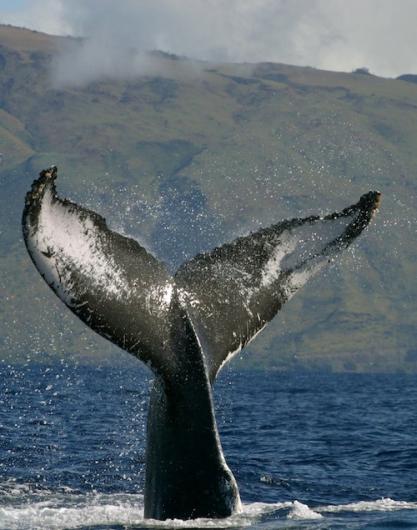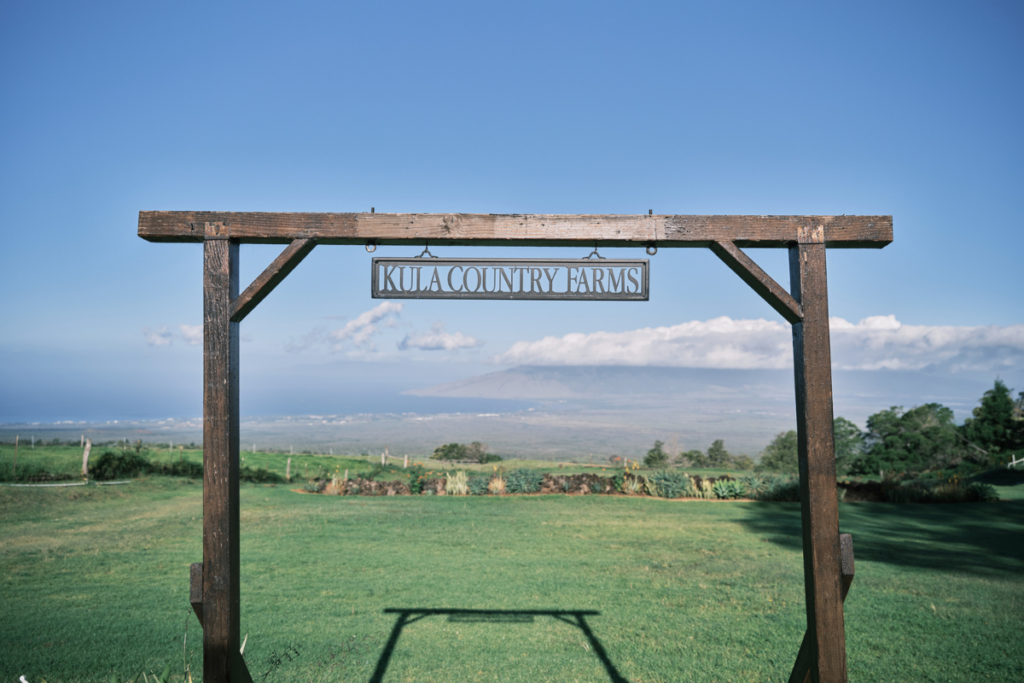Hawaii humpback whale sanctuary’s annual “Ocean Count” to get under way this month

Hawaii residents and visitors alike are invited to take part in the annual Hawaiian Islands Humpback Whale National Marine Sanctuary’s Ocean Count, which will get under way on Sat., Jan. 26 at more than 60 shore sites edging Oahu, Kauai, and the Big Island.
Subsequent Ocean Count sessions will be conducted on Sat., Feb. 23, and on Sat., March 30, with each slated for 8 a.m. to 12:15 p.m.
Volunteers will count the number of humpback whales spotted during the four-hour sessions. They’ll also record whale behavior. Sound like fun? For registration details, click here.
The annual count, which started in 2002, relies on volunteer help to estimate whale population and distribution figures in the sanctuary. The census, organized by the National Oceanic Atmospheric Administration (NOAA), supplements ongoing marine science research.
If you join the ranks of volunteers, expect to be busy. On average, humpback surface to breathe every 10 to 15 minutes, but can remain submerged for as long as 45 minutes. Calves must rise to the surface every three to five minutes. For more information about whale behavior, click here.
Scientists estimate that there are 20,000 humpbacks in the North Pacific. An estimated 12,000 swim to Hawaii’s waters to mate and nurse their young, typically between September and March. (The 2012-13 season started very early, with the first sighting of a humpback whale reported in late August.)
Since 2006, the annual count has tracked a steady rise in the humpback whale population visiting the sanctuary. And thanks to the increase in the number of whales gliding along in the channels between the Islands, it is now fairly easy to spot them from shorelines.
The Hawaiian Islands Humpback Whale National Marine Sanctuary lies within the shallow (less than 600 feet), warm waters surrounding the main Hawaiian Islands, constitutes one of the world’s most important humpback whale habitats.
Hawaii is the only state in the nation where humpback whales mate, calve, and nurse their young. According to NOAA, humpbacks may find the Islands suitable because of warm waters, underwater visibility, variety of ocean depths, and the lack of natural predators. Mothers can be seen breaching alongside their calves and males can be seen competing with one another for females in fierce head-to-head battles.
For more information about the sanctuary and the Ocean Count, click here.


